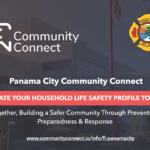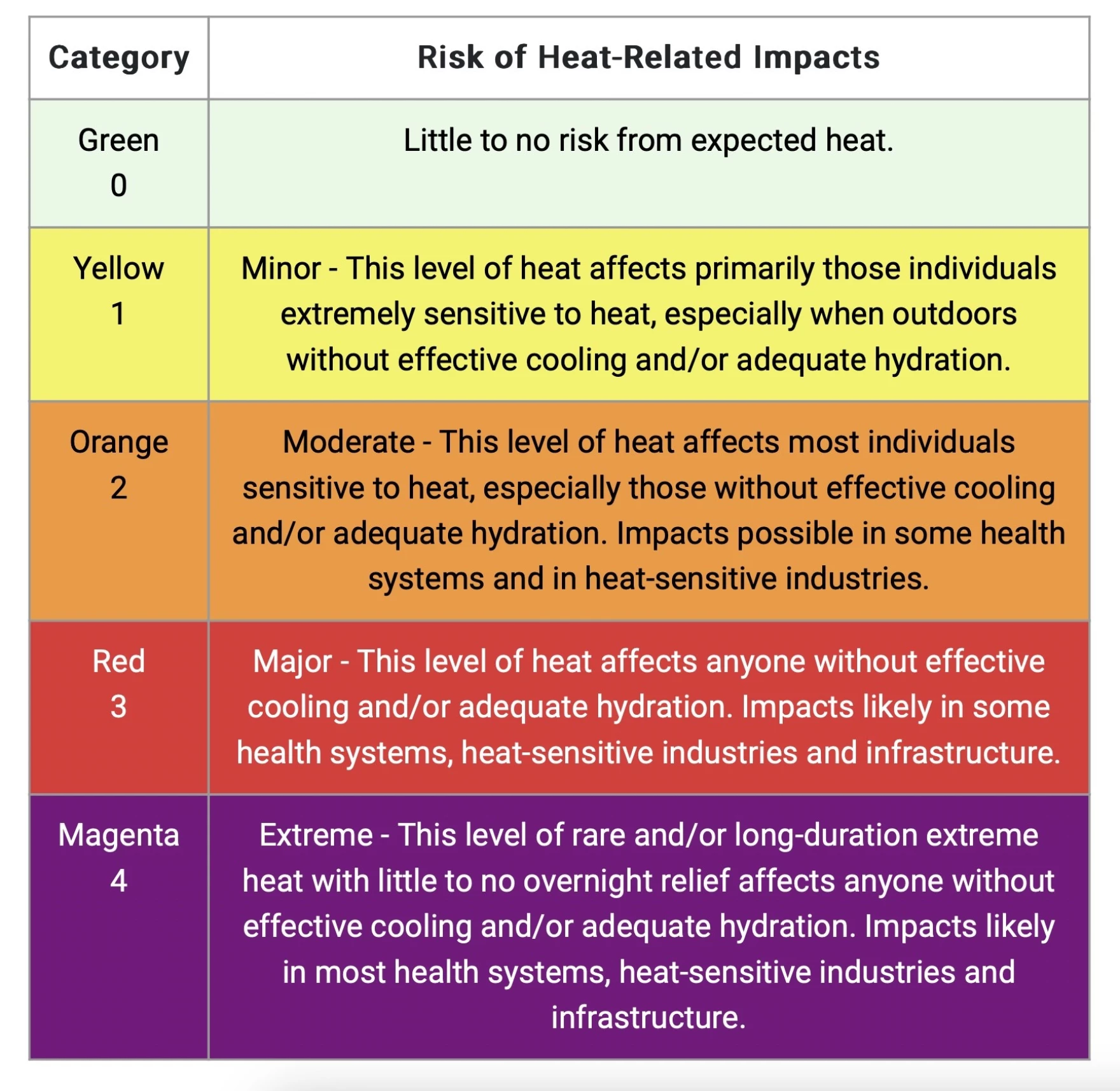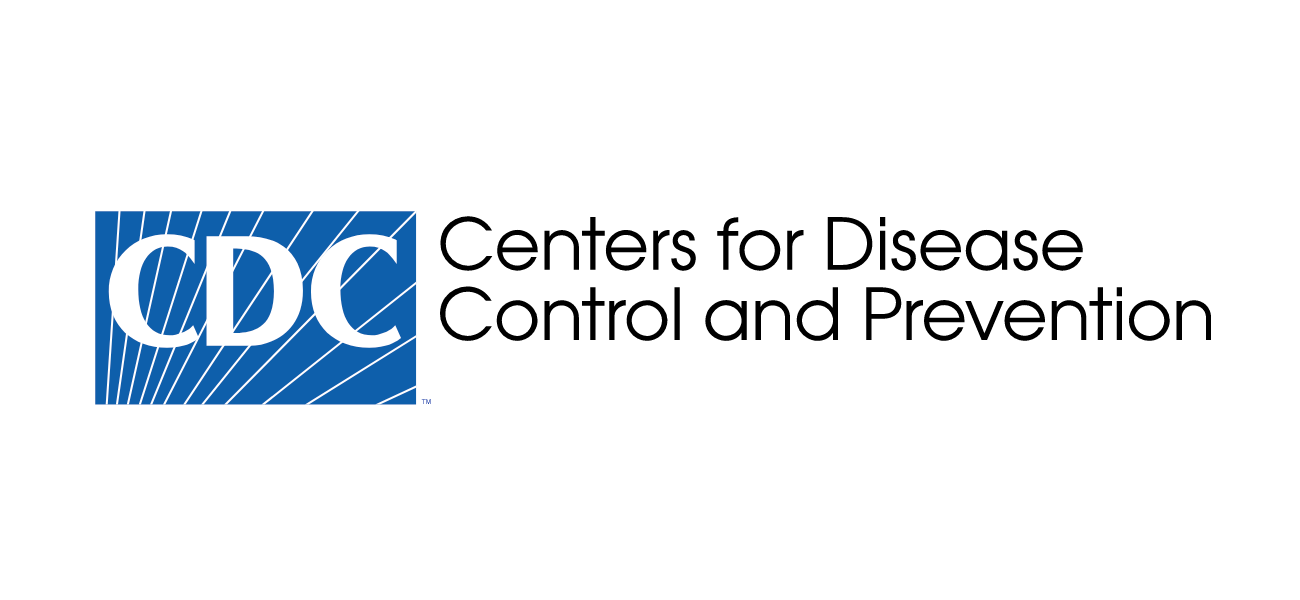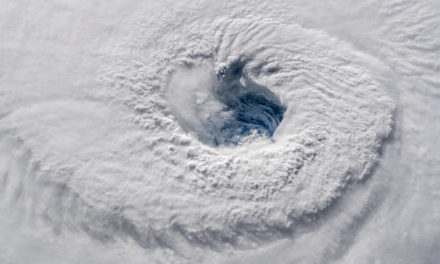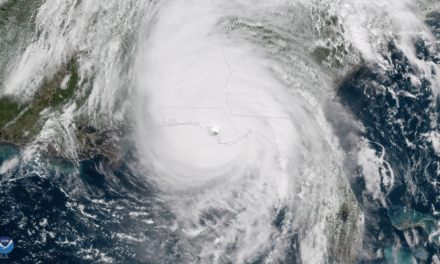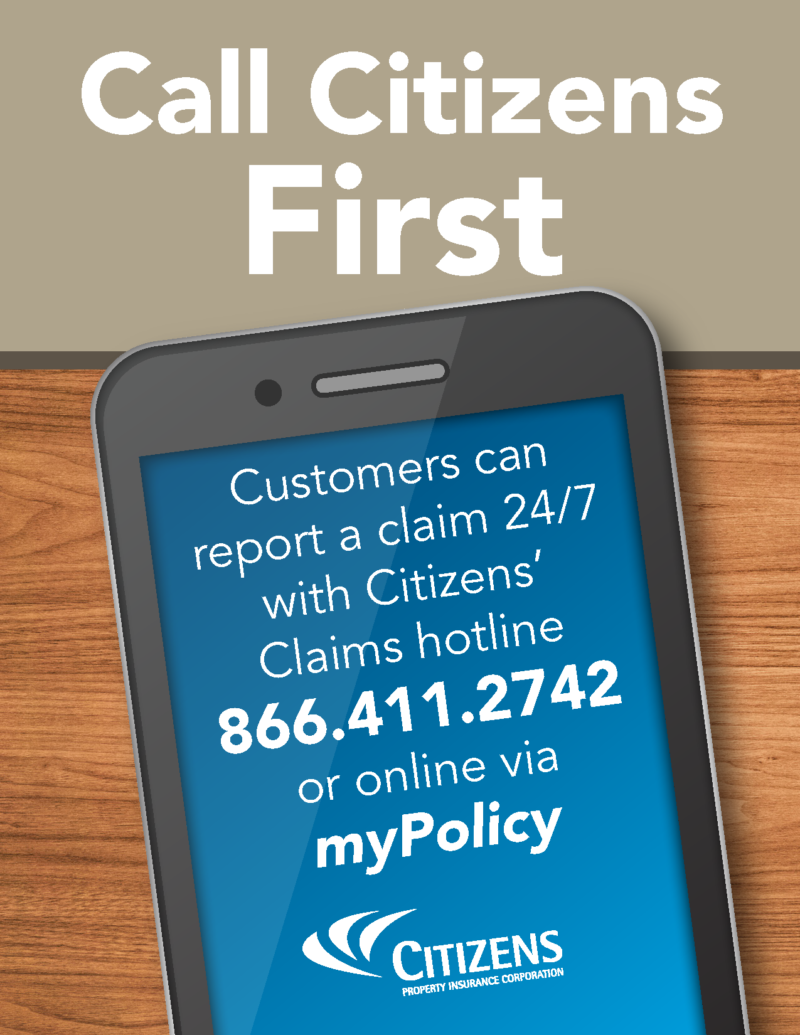
NWS Heat Risk Index Unveiled
NWS Debuts Experimental “Heat Risk” Product
Asks Users To Weigh In
According to the CDC, more than 1,000 Americans die due to excessive heat every year. To decrease this statistic, the NWS, NOAA and the CDC have collaborated to provide communities across the country with more information regarding excessive heat forecasts. This week a nation-wide Heat Risk Product was released to the public.
The experimental NWS Heat Risk Index works by identifying unusual heat for individual locations, that is defined as when heat is in the top 5% for a specific date, and relates this to a color coded risk category that should be easy to understand. The NWS Heat Risk Index has 5 colors or levels, ranging from 0, or Green, where there is little to no heat risk, up to Level 4, or Magenta, where there are more extreme impacts.
Heat related health issues disproportionally impact our most vulnerable populations, like the elderly, homeless, those with pre-existing health issues and those who cannot afford reliable cooling and hydration. These heat related health incidents are recorded at hospitals and clinics but are also tracked at the Center for Disease Control in the same way diseases caused by bacteria and viruses are tracked. That means wherever someone receives treatment for a heat related health incident like heat stroke or heat exhaustion, the location and time is logged by the CDC. This heat illness data from the CDC can be merged with temperature data from NWS national gridded forecast database to find the relationships between specific temperatures and health outcomes. However, the relationship between a high temperature forecast and the dangers posed by the heat is not simple and direct.
Heat impacts on human health are dependent on more than just temperature. Higher temperatures will affect people differently depending on the location, the time of year, and how exceptional the heat is for a particular area. By matching data on heat illnesses from the CDC directly to widely available temperature data, scientists are able to more accurately match the likely real world health impacts of a high temperature forecast.
Residents understand that Florida is hot, but they may not be prepared when the heat becomes truly dangerous and not just typical summer heat. For example, just last summer between the end of June through the end of July there were only 3 days when there were no NWS heat alerts in the state. During that stretch from late June through August, Miami had 34 days straight with 90 degree or hotter temperatures. It’s not just the afternoon highs that can be extreme, during last summer’s heat wave there were also very warm night time low temperatures, like the record warm nighttime low temperature of 84 from July 9th. It’s particularly dangerous when there is no cool period overnight for people to recover. The Heat Risk Index uses overnight low temperatures in its calculation of human risk to more accurately determine the level of danger posed by the high heat.
Current forecasts of Heat Risk Index and more details about this new product are available from the NWS at https://www.wpc.ncep.noaa.gov/heatrisk/. The National Weather Service is accepting feedback on this new way to categorize heat dangers through June 30th of 2023. To provide your comments on this product, there is a survey on the website given above or you can contact the NWS at nws.products@noaa.gov.
Angela Small
Radio Production Assistant



